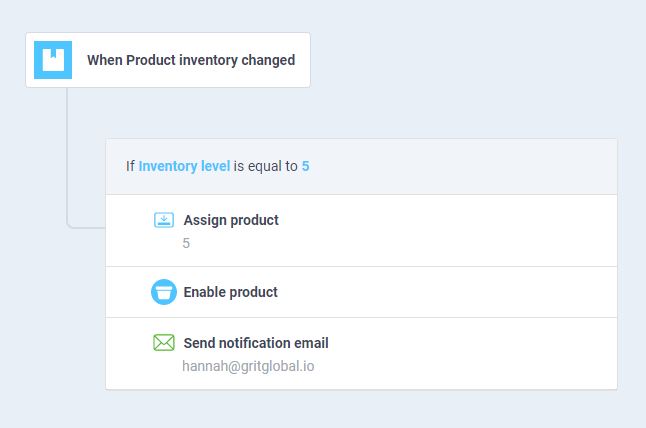Not only in the festive period do we experience peak seasons in online business. Many retailers see a high volume of sales before Christmas or summer, whereas sports vendors get higher demands during sports seasons. This has urged businesses to leverage their backorder management strategies to keep up with expectations.
No matter what time the peak season is, the importance is whether you are ready for it. The eCommerce industry is fully competitive, and you need to understand the best backorder management strategies to employ during high seasons.
Here are a few tactics that might effectively assist you during peak seasons.
Staff training
Your staff poses a significant issue for your value chain every day, let alone during the peak seasons. Therefore, you need to prepare your staff for every unexpected situation with sufficient training and cross-trainings. Furthermore, have a distinctive plan for temporary staff so that you don’t waste so much time while still making the best out of your people.
Nevertheless, you need to invest quality time to train your staff if you don’t want a negative review on your performance Most eCommerce businesses cross-train full-time associates through all departments, especially those involved with using equipment like forklifts.
Review and Revise
Sometimes, it is hard to address every order during peak seasons as you will be rushing all over the place. Nevertheless, once the volume decrease, you can review and revise the performance across departments. The goal is to identify your weaknesses to improve in the future.
One of the worst situations is being out of stock, especially for hot-selling items. This not only drives your customers away but also devastates your credibility. To avoid this, review your backorder management strategies with your team to point out challenges and how to address them. This will enable you to improve sales later.
Evaluate outsourcing
Think about your business equipment and facilities, whether there’s sufficient room for more product during the high season. At times, you might need additional storage. One solution is to sell large inbound shipments, increasing warehouse spacing levels. Another option to consider is dropshipping or leasing additional storage for your products. After all, you have to ascertain if you have the necessary equipment to accommodate increased inventory stock.
Keep customers updated about order status
The delivery time is one of the most important factors affecting customer satisfaction. Therefore, don’t forget to keep an eye on the delivery status during peak seasons. Try to provide as many delivery options as possible, making it more convenient for your customer to purchase in your store. If you’re using multiple distribution centers, analyze the route so that the order would arrive at the fastest pace and the minimized costs.
Use automation
Managing backorder has never been easy, especially while having tons of orders that need to be fulfilled constantly. Hence a lot of businesses have relied on automation to work on the inventory. Through workflow with predetermined rules, the system will tell you when an item is low on supply. Then you might consider reordering if the demands are still high. This way, you don’t have to keep an eye on the inventory every time.

What’s more, you can integrate this backorder system into your currently used workflow automation platform. This combination allows for centralizing your management, saving you the time and efforts to invest in more impactful activities.
Conclusion
Being out of stock is an absolute nightmare. Strategizing for a peak season for any eCommerce business is essential if you want to retain and improve your revenue. The key is to find out the backorder management strategies that work best for your store.








